News
-
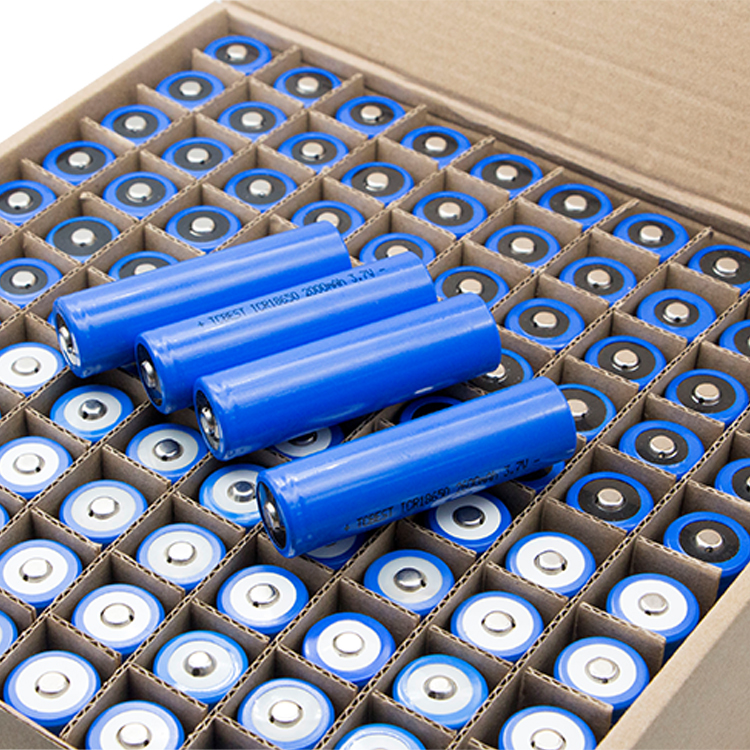
18650 Batteries for Devices: A Comprehensive Guide to Efficient Power Solutions
In today’s increasingly digital world, where gadgets and electronic devices have become an integral part of our daily lives, the importance of efficient and reliable power sources cannot be overstated. One of the most popular choices for powering a wide range of devices is the 18650 battery...Read more -
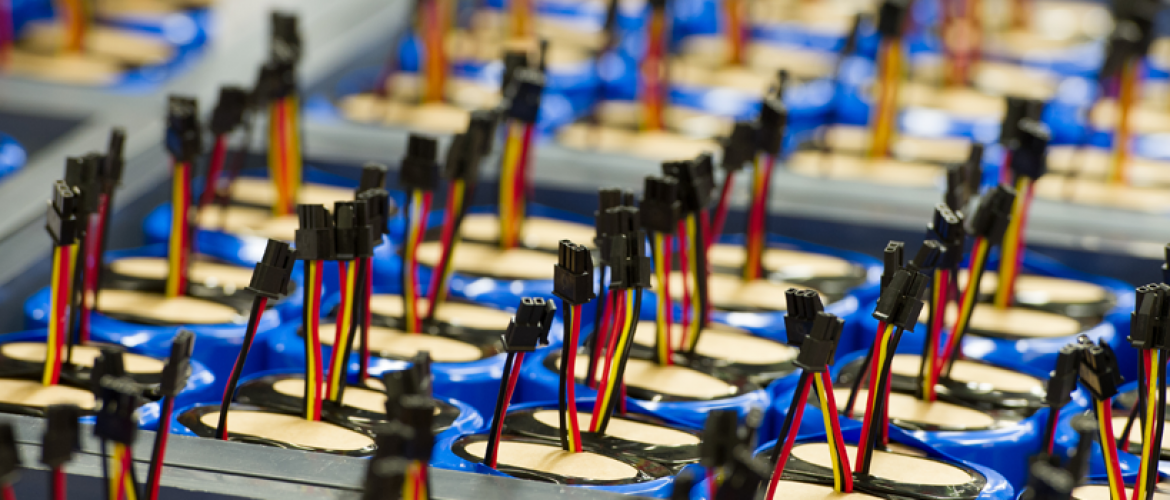
Maximizing Battery Life: Tips for Extending the Longevity of Rechargeable Batteries
Extending the longevity of rechargeable batteries can save you money and reduce environmental waste. Here are some tips to help maximize the battery life of your rechargeable devices: Choose High-Quality Batteries: Invest in reputable and high-quality rechargeable batteries. Cheap, off-brand bat...Read more -

13-16th October 2023 HKTDC Electronic Fair
Date: 13-16th, October, 2023 Booth: 1AA15 Address: Hong Kong Convention and Exhibition Centre Exhibition Details HKTDC Electronic Fair (Autumn Edition) will be held in Hong Kong Convention and Exhibition Centre from 13-16th, October. Our booth is 1AA15. PKCELL sincerely invites industry colleag...Read more -

Empowering Sustainability: How Rechargeable Batteries are Transforming the Green Revolution
In a world increasingly focused on sustainable living and reduced environmental impact, rechargeable batteries have emerged as unsung heroes in the quest for a greener future. These versatile power sources are not only changing the way we use energy but also playing a pivotal role in reducing was...Read more -
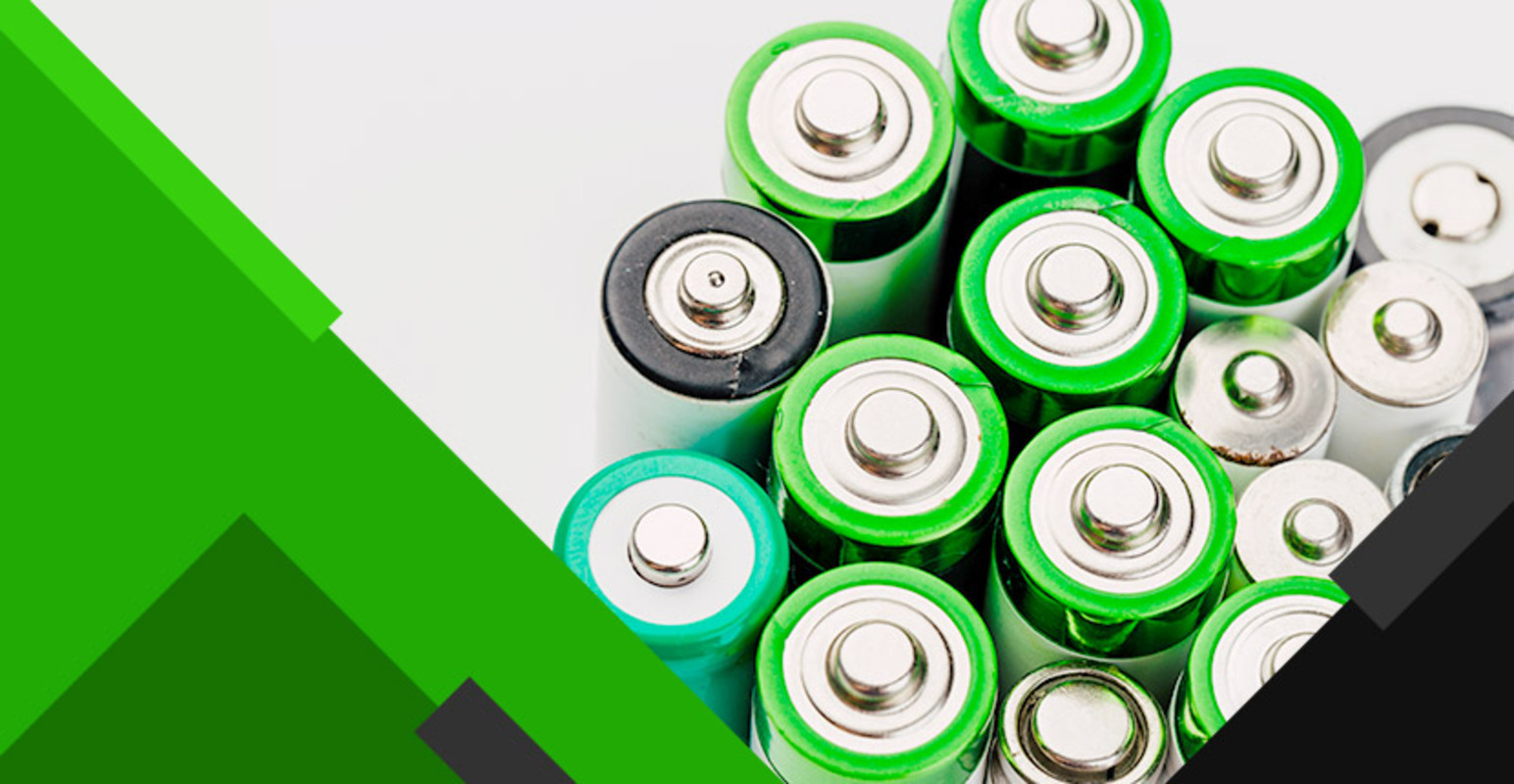
What Do You Know about Li-polymer Battery
Lithium-polymer (LiPo) batteries are a type of rechargeable battery that uses a polymer electrolyte rather than a liquid electrolyte. They belong to the broader category of lithium-ion batteries, which are known for their high energy density and rechargeable nature. However, LiPo batteries have s...Read more -
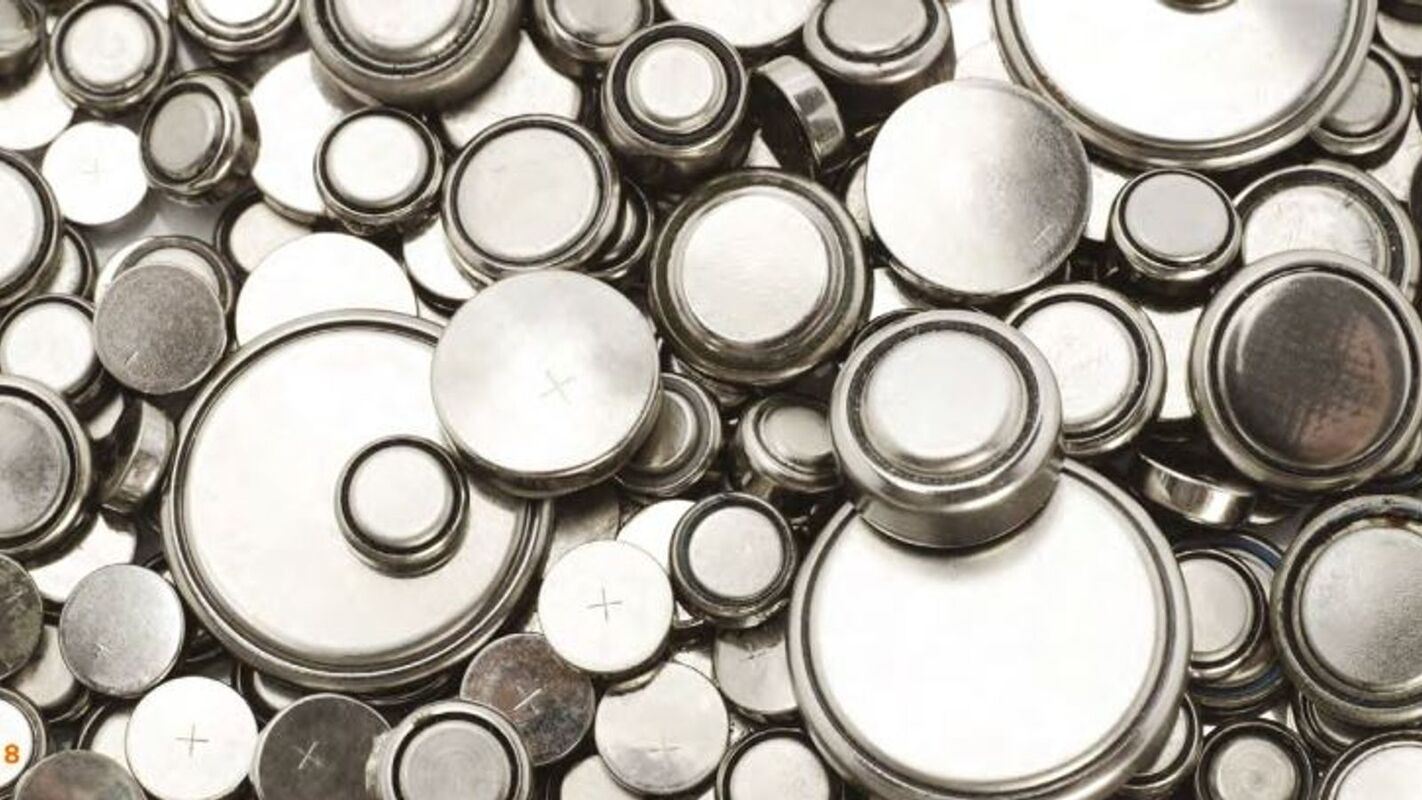
What is the difference between LIR 2032 and CR2032 battery?
A CR2032 battery is a non-rechargeable (primary) lithium coin or “button” cell battery that is 20mm diameter x 3.2mm thickness. The CR2032 battery has a voltage of 3 volts and a capacity of up to 240mAh, depending on manufacturer specifications. The CR2032 is the most common lithium coin cell bat...Read more -
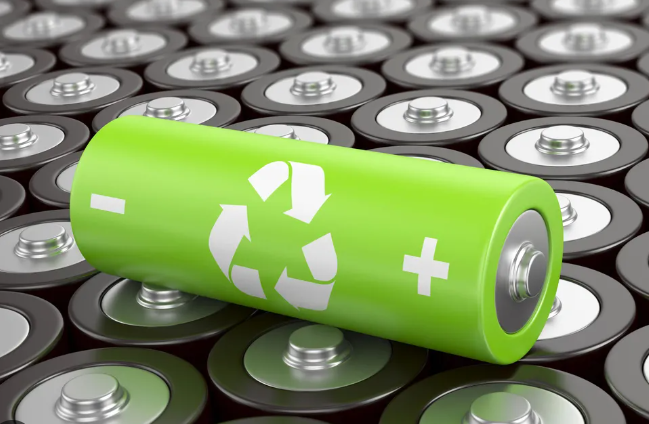
How is NiMH Batteries for Renewable Energy Storage
Nickel-Metal Hydride (NiMH) batteries have been used for renewable energy storage in various applications, particularly in smaller-scale and off-grid systems. While they are not as commonly used as other battery technologies like lithium-ion in large-scale renewable energy storage projects, they ...Read more -
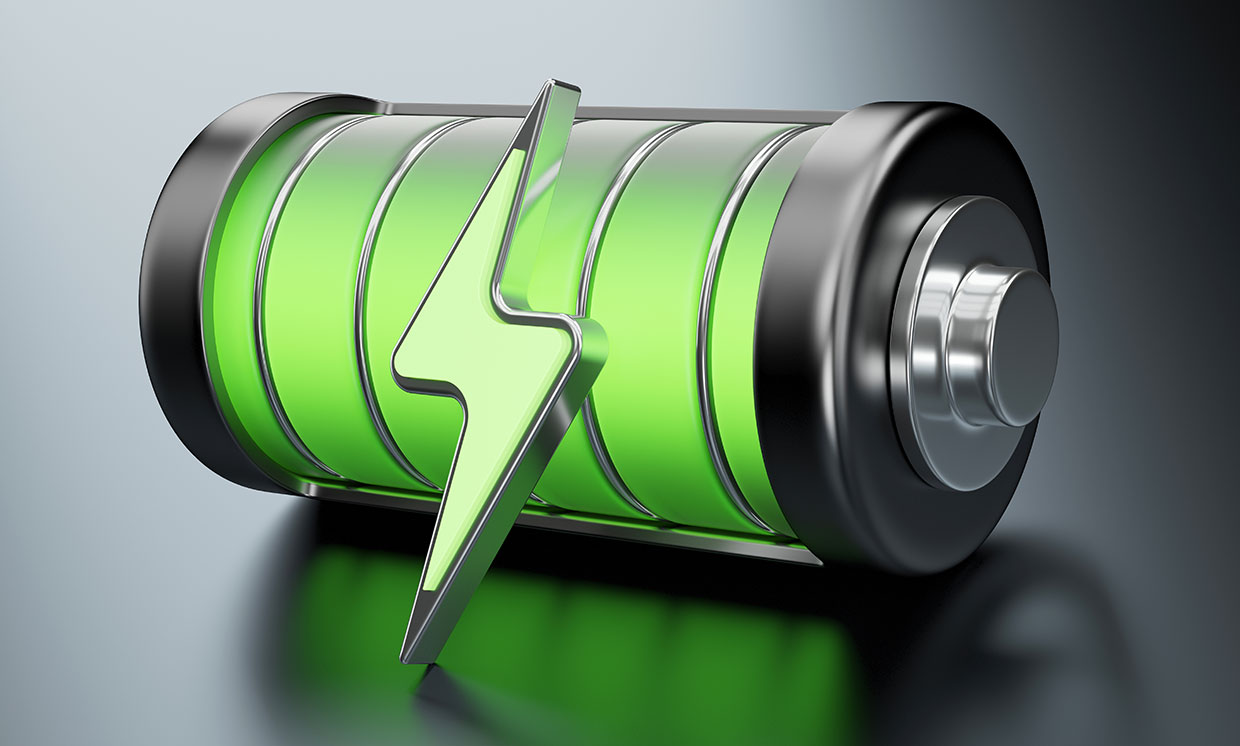
NiCd vs NiZn Battery
Nickel-Cadmium (NiCd) and Nickel-Zinc (NiZn) batteries are both rechargeable battery chemistries, but they have several differences, including their chemistry, voltage, capacity, and applications. Here are the key distinctions between NiCd and NiZn batteries: 1. Chemistry: NiCd Batteries: NiCd b...Read more -

What are the disadvantages of Li ion battery?
While lithium-ion (Li-ion) batteries offer numerous advantages, they also have some disadvantages. Here are a few of them: 1. Aging: Li-ion batteries have a limited lifespan and gradually lose their capacity over time. This aging process is influenc...Read more -
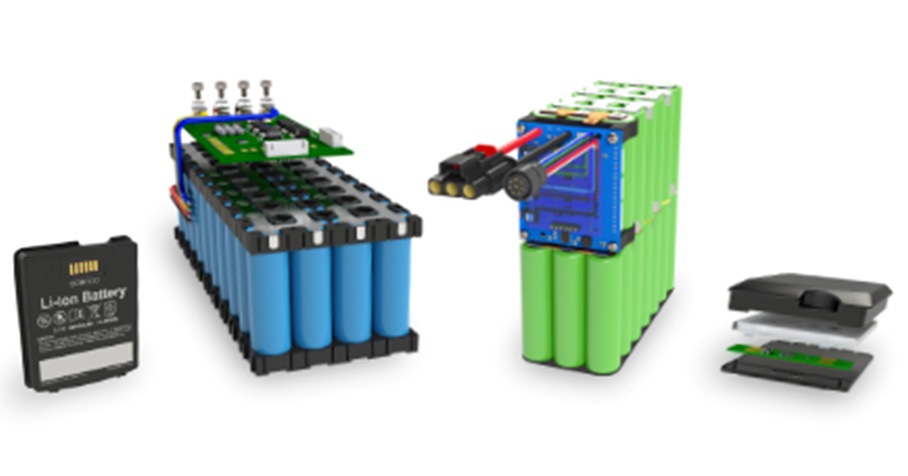
How to design the casing of the lithium battery pack?
Lithium battery shell design can be divided into: PVC heat seal, plastic, metal PVC heat sealing: What kind of shell packaging form is used for the exterior of the battery pack mainly depends on the specific needs of the customer's products. For the packaging fo...Read more -

What is the difference between 26650 lithium battery and 18650 lithium battery?
Both 26650 lithium battery and 18650 lithium battery are cylindrical lithium batteries. What is the main difference between the two? Here we present some comparisons between the two batteries. 26650 lithium battery Both 26650 lithium battery and...Read more -
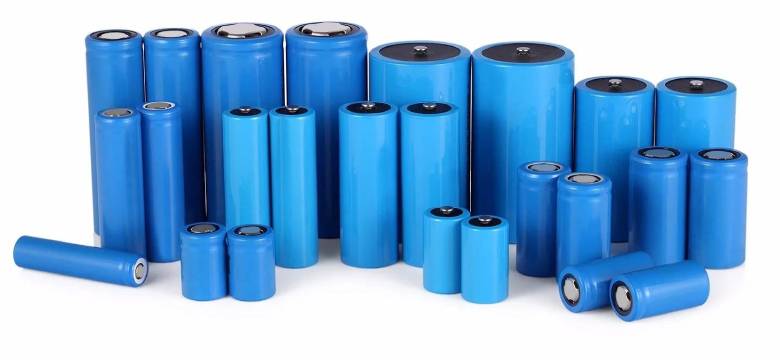
What repair methods are there for 18650 lithium-ion batteries?
The activation of lithium-ion batteries does not require a special method, and lithium-ion batteries will be activated naturally during normal use. If you insist on using the popular first three 12-hour long charge activation methods, it will actually not work. ...Read more















